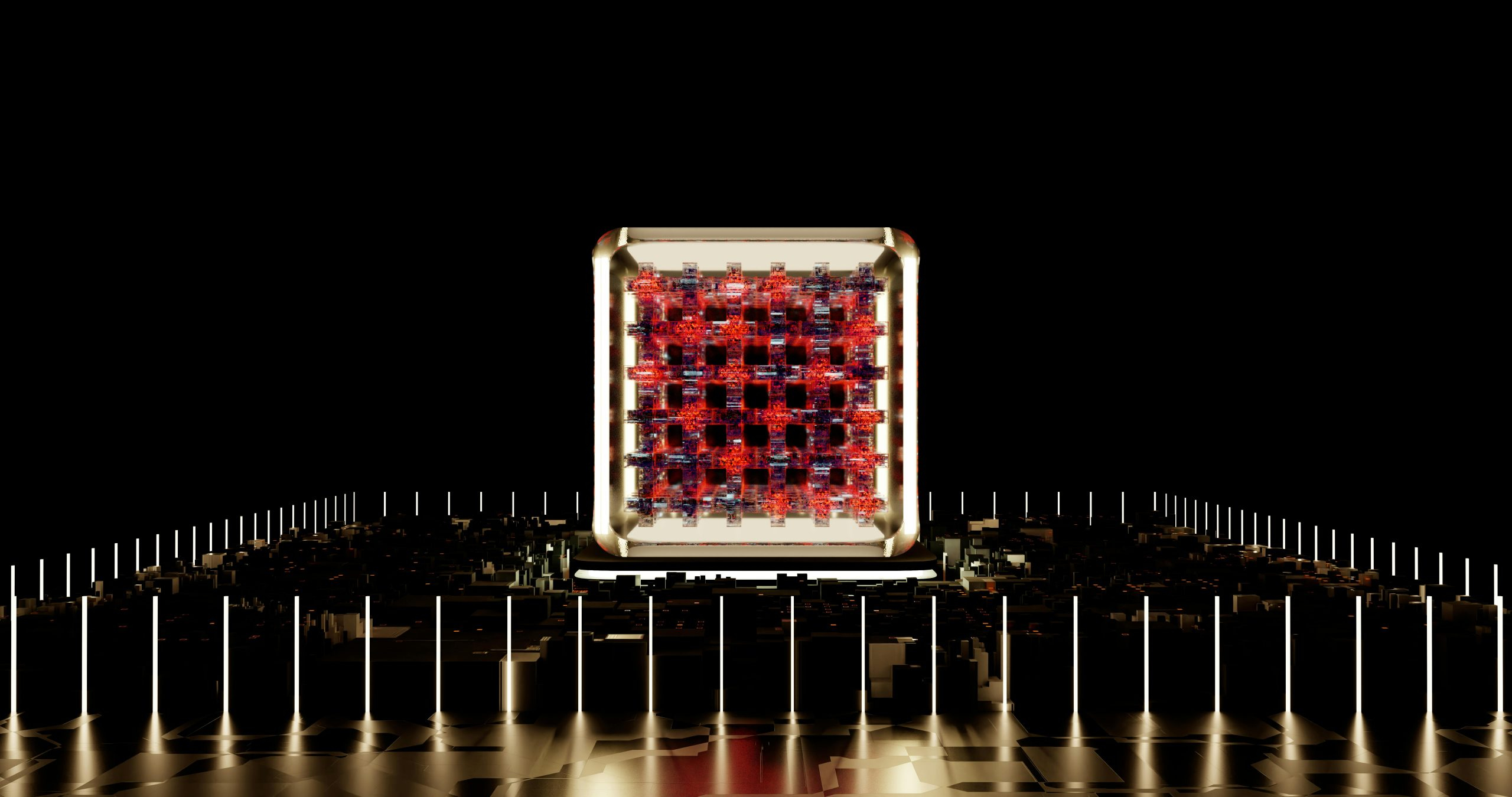Supply Chain 2.0: How 3D Printing is Beating Chip Shortages
In recent years, the global supply chain has been put to the test with a series of unexpected events, from natural disasters to political tensions. However, the latest challenge that has shaken the foundation of the global supply chain industry is the chip shortage crisis. This shortage has resulted in production delays, increased costs, and supply chain disruptions for various industries, including automotive, consumer electronics, and medical devices. While manufacturers are struggling to find a solution to this problem, there is one technology that is being hailed as the hero in this crisis – 3D printing. In this article, we will explore how 3D printing is revolutionizing the supply chain industry with its cutting-edge capabilities and proving to be the ultimate solution to the chip shortage crisis – Supply Chain 2.0.
What is Supply Chain 2.0?
Before we delve into the role of 3D printing in overcoming the chip shortage crisis, let’s first understand what Supply Chain 2.0 means. Simply put, the term refers to the integration of advanced technologies and digitization in supply chain management. The traditional supply chain model relies on a linear and sequential approach, where each stage of production is carried out separately. However, with Supply Chain 2.0, the focus shifts to a more interconnected and collaborative approach, where real-time data and technology play a crucial role in optimizing processes, improving efficiency, and reducing costs.
The Chip Shortage Crisis
In early 2020, when the COVID-19 pandemic began, various industries had to shut down production facilities, leading to a reduced demand for products. As a result, semiconductor manufacturers reduced their production capacity, resulting in a global chip shortage. However, as economies started to open up, the demand for consumer electronics and other products skyrocketed, leading to a significant gap between demand and supply. The shortage has been further exacerbated by factors like increased demand for technology during the pandemic, supply chain disruptions, and geopolitical tensions between major chip-producing countries.
Enter 3D Printing
While semiconductor manufacturers are working around the clock to ramp up production, the persistent chip shortage has compelled industries to look for alternative solutions. This is where 3D printing comes into the picture. Also known as additive manufacturing, this technology involves building a 3D object layer by layer, using a digital design as a blueprint. And with its versatile and quick production capabilities, 3D printing is emerging as the ultimate solution to the chip shortage crisis.
On-Demand Production
In a traditional supply chain, manufacturers have to wait for weeks or even months for the delivery of essential components like chips. With 3D printing, however, companies can produce these components on demand, eliminating the need for long lead times. This means that industries can quickly switch to 3D printing as a stop-gap measure while they wait for the chip supply to catch up with the demand.
Customization and Flexibility
One of the significant advantages of 3D printing is its ability to produce customized and complex designs with ease. This is especially beneficial for companies that require customized chips, as it eliminates the need for setting up new production lines and investment in expensive equipment. With 3D printing, industries can also quickly adapt to any changes in the product design, reducing the overall production lead time.
Reduced Costs and Wastage
3D printing has the potential to significantly reduce manufacturing costs by eliminating the need for tooling and molds. In traditional manufacturing methods, these molds can be expensive and time-consuming to create, leading to increased production costs. With 3D printing, the need for molds is eliminated, resulting in cost savings and reduced material wastage.
The Road Ahead
The chip shortage crisis has undoubtedly highlighted the importance of agile and efficient supply chains. With Supply Chain 2.0 and 3D printing, manufacturers have the opportunity to revolutionize the way they operate. Apart from overcoming the chip shortage crisis, 3D printing also has the potential to disrupt traditional supply chain models and pave the way for a more resilient and sustainable future.
Addressing Challenges
While 3D printing may seem like the perfect solution to the chip shortage, there are still some challenges that need to be addressed. These include the high costs of 3D printing equipment, lack of skilled labor, and limitations in the size and material options for 3D printing. However, with advancements in technology and the increasing adoption of 3D printing, these challenges are expected to be overcome in the near future.
The Future of Supply Chain Management
In conclusion, 3D printing is emerging as a game-changer in the supply chain industry, and its impact on the chip shortage crisis is proof of its potential. With its on-demand production capabilities, customization options, and cost savings, 3D printing is not only helping companies overcome the current crisis but is also paving the way for a more efficient and resilient supply chain model – Supply Chain 2.0.
Final Thoughts
The chip shortage crisis has highlighted the importance of having a flexible and agile supply chain. With 3D printing, industries now have the opportunity to become more self-sufficient and reduce their reliance on traditional supply chain methods. As companies embrace Supply Chain 2.0 and 3D printing, we are slowly but surely moving towards a more efficient, sustainable, and technologically advanced future.











